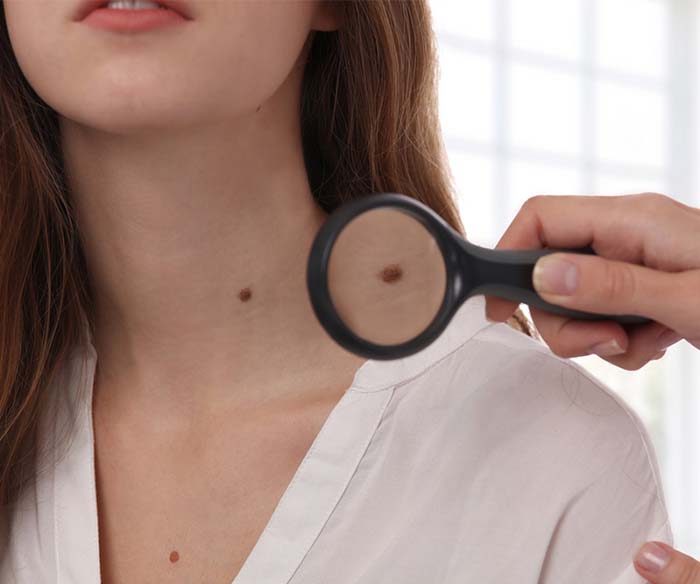
Best Laser Skin Tags and Moles Removal Treatment in Thane
Are you looking for professional skin tags and moles removal treatment in Thane? At Revitalize Clinic, Dr. Manish Ratnakar offers advanced laser skin tags and moles removal procedures. Our state-of-the-art cosmetic procedures ensure safe, effective removal of skin tags and moles with minimal scarring. Located in Thane, we provide comprehensive dermatological treatments for all types of skin lesions and aesthetic concerns.
Understanding Skin Tags vs Moles - Expert Dermatologist Insights
According to Dr.Manish Ratnakar, leading dermatologist in Thane, skin tags are technically called acrochordons, which are small, harmless skin growths. Skin tags, benign polyps usually appear on the neck and armpits.
Moles, also called nevi, are common spots or bumps that grow on your skin. Most are flat and dark in colour, although others may be raised and pink or pale in colour.
Common Locations for Skin Tag Development
Skin tags are most commonly found on the following parts of the body:
Armpits
Breast area
Eyelids
Groin
Neck
They are more common in areas where friction develops by rubbing the skin. Skin tags become red or brown with age.They are generally harmless. But depending on their location, leather tags can get stuck in jewellery or clothing. It can cause growth spurts, which can lead to bleeding or infection.
Advanced Cosmetic Procedures for Skin Lesion Removal in Thane
Methods for removing skin tags and moles in Thane:
One of the traditional but effective ways of removing moles, skin tags, DPNs and warts is 'excision' This is the procedure in which the mole, skin tag or wart is cut or removed after inducing local anesthesia to the affected area. Excision of moles, warts and skin tags is carried out by use of an electro cautery process. Sometimes it is referred to as (wrongly so) laser mole removal, but is actually the same as cautery process.
Professional Aesthetic Treatment Options Available in Thane
The most common methods are:
Cryotherapy :Your healthcare provider uses extreme cold to freeze and destroy abnormal tissue during cryotherapy. Your provider will use liquid nitrogen or argon gas to create this severe cold.
Surgical removal in Thane:
1.EXCISION:With surgical excision, the surgeon cuts the mole, which removes the entire thickness of the skin, then stitches it. In most cases, this surgery leaves an invisible scar. This procedure reduces the chances of the mole recurring.
2.SHAVE EXCISION:The procedure is one of the most common ones dermatologists in Thane use to remove moles. Using a scalpel blade, the surgeon removed the mole. In most cases, there is no need for stitches, and the procedure usually takes less than a minute. The procedure is also relatively painless. To reduce scars and prevent further infection after mole removal surgery, one must diligently follow the surgeon's instructions once the wound heals.
Electrosurgery :Skin tag burning with high-frequency electrical energy.
Laser removal in Thane:Laser can also be used to remove small, non-cancerous moles that don't protrude above the surface of the skin. To break down moles in the skin, intense bursts of light radiation are used. A mole can usually be removed completely by this method after two or three treatments.